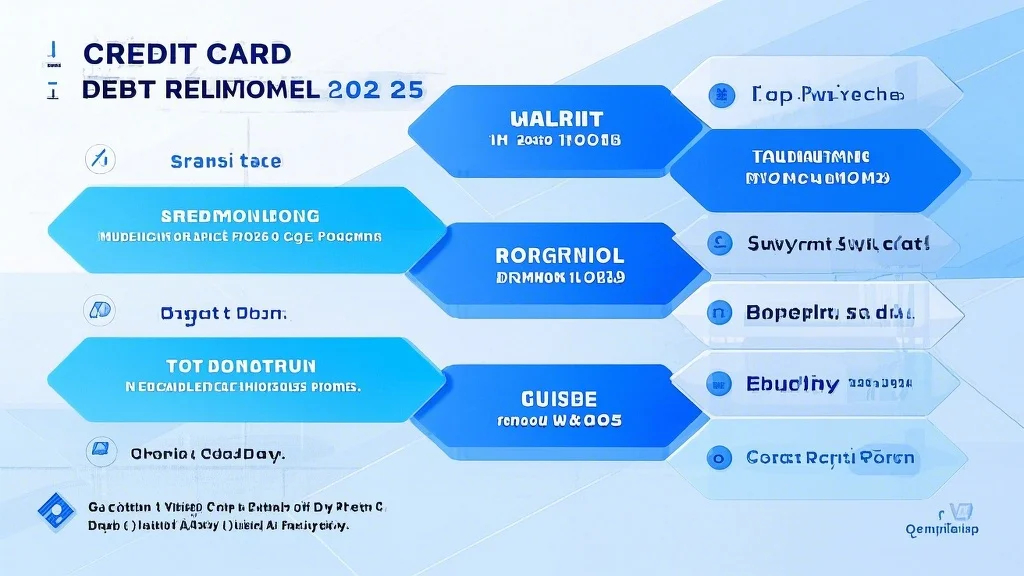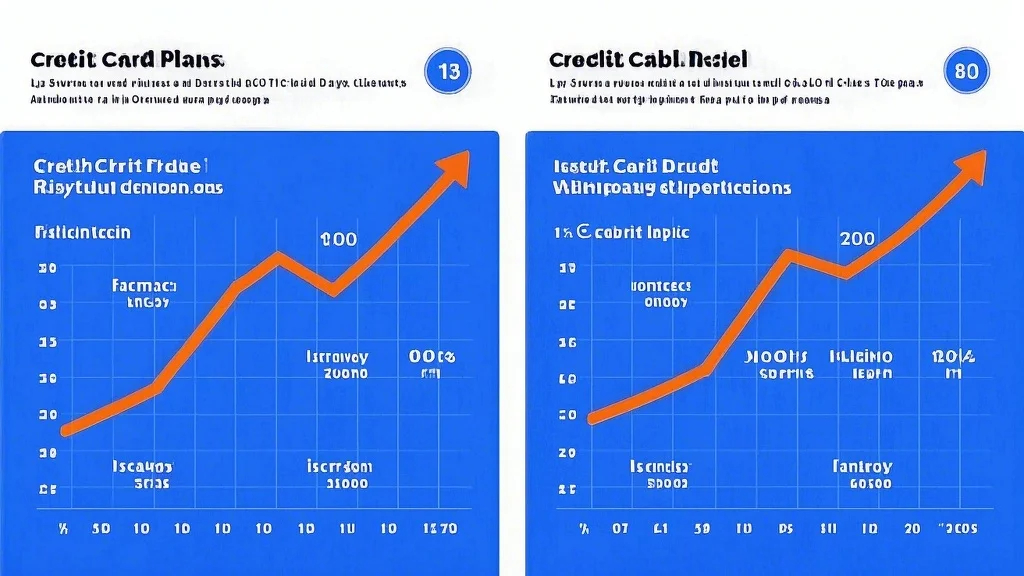In today’s fast-paced, credit-driven economy, credit card debt has become a pervasive issue for millions of individuals and families. High interest rates, unpredictable economic conditions, and the ease of access to credit have left many struggling to keep up with their financial obligations. While credit cards were once seen as a convenience, they’ve now become a major source of financial stress for many.

Fortunately, the landscape of credit card debt relief solutions is rapidly evolving, offering consumers more options than ever before. From cutting-edge financial tools to personalized debt management plans, these solutions are helping individuals regain control of their finances and achieve long-term financial stability. In this article, we’ll explore the latest trends and innovations in credit card debt relief solutions, and how you can leverage them to rebuild your financial future.
One of the most significant advancements in credit card debt relief is the rise of automated debt assessment tools. These tools use artificial intelligence and machine learning algorithms to analyze your financial situation, including your income, expenses, and outstanding debt, to create a customized repayment plan. Unlike traditional debt relief programs, which often require weeks or months of manual analysis, these automated tools provide instant insights and actionable recommendations, saving you time and effort.
Another promising development is the growing availability of debt consolidation loans. By combining multiple credit card balances into a single loan with a lower interest rate, individuals can reduce their monthly payments and eliminate debt faster. Many financial institutions now offer low-interest or even zero-interest consolidation options, making this a more accessible and affordable solution for those looking to simplify their finances.
In addition to these technical advancements, there’s been a stronger emphasis on financial education and empowerment. Credit card debt relief programs are no longer just about eliminating debt; they’re about equipping individuals with the knowledge and tools they need to avoid future financial hardship. From budgeting apps to financial literacy workshops, these resources are helping people take a proactive approach to their financial health.
For those who are unable to repay their credit card debt in full, debt settlement has emerged as a viable alternative. This process involves negotiating with creditors to settle for a reduced balance, allowing individuals to pay off their debt for less than what they owe. While debt settlement isn’t suitable for everyone and can have tax implications, it’s a powerful option for those facing overwhelming financial obligations.
As we look to the future, it’s clear that credit card debt relief solutions will continue to evolve, driven by advancements in technology, a growing focus on financial wellness, and a greater emphasis on consumer education. By staying informed and exploring these innovative solutions, you can take control of your financial situation and build a more secure, debt-free future.
In the next part of this article, we’ll delve deeper into the most effective strategies for choosing the right credit card debt relief solution, and how to work with professionals to ensure your financial recovery is successful. Stay tuned!
When it comes to selecting the right credit card debt relief solution, it’s important to approach the decision with care and consideration. With so many options available, from debt management plans to debt settlement, it can be overwhelming to know where to start. However, by focusing on your unique financial situation and understanding your rights and responsibilities, you can make an informed choice that sets you on the path to financial freedom.
One of the first steps in choosing a debt relief solution is to assess your current financial状况. This includes evaluating your total credit card debt, your monthly income, and your ability to make regular payments. It’s also essential to consider any other financial obligations you may have, such as mortgage payments, car loans, or other bills. This self-assessment will help you determine which debt relief option is most suitable for your lifestyle and financial goals.
Another critical factor to consider is the level of support and guidance you’ll receive from the debt relief provider. Reputable providers will offer personalized advice, regular updates on your progress, and assistance with negotiating with creditors. Look for organizations that are accredited and have a proven track record of helping consumers achieve financial recovery.
In addition to the services provided, it’s important to review the fees and costs associated with the debt relief program. Many providers charge a percentage of the debt settled or a fixed monthly fee for their services. Be sure to compare these costs with the potential benefits and ensure that the program is affordable for your budget. It’s also wise to verify whether the fees are reasonable and whether the provider is transparent about their pricing structure.
Once you’ve selected a debt relief solution, it’s crucial to stay committed to the program and follow the recommended plan. This may involve making consistent payments, avoiding additional credit card debt, and adhering to any guidelines set by the provider. By staying disciplined and focused, you can maximize the effectiveness of the solution and achieve your financial goals in the shortest possible time.
For those looking to avoid debt relief programs altogether, there are also steps you can take to manage your credit card debt independently. These include creating a budget, reducing unnecessary spending, and increasing your income through side hustles or additional job opportunities. Additionally, you can consider balance transfer options or hardship programs offered by your credit card issuer, which may provide temporary relief from high interest rates or late fees.
As you navigate the world of credit card debt relief, it’s important to remember that you’re not alone. Millions of individuals are working to overcome similar challenges, and there are a wealth of resources available to support you on your journey. Whether it’s through professional debt relief programs, financial education, or community support groups, you have the tools and resources needed to achieve financial recovery.
In conclusion, the future of credit card debt relief solutions is bright, with new tools, technologies, and strategies emerging to help individuals overcome their financial struggles. By staying informed, working with reputable professionals, and taking proactive steps to manage your debt, you can reclaim control of your finances and build a brighter, debt-free future. Remember, financial recovery is a journey, and with persistence and determination, you can achieve the financial wellness you’ve always desired.
